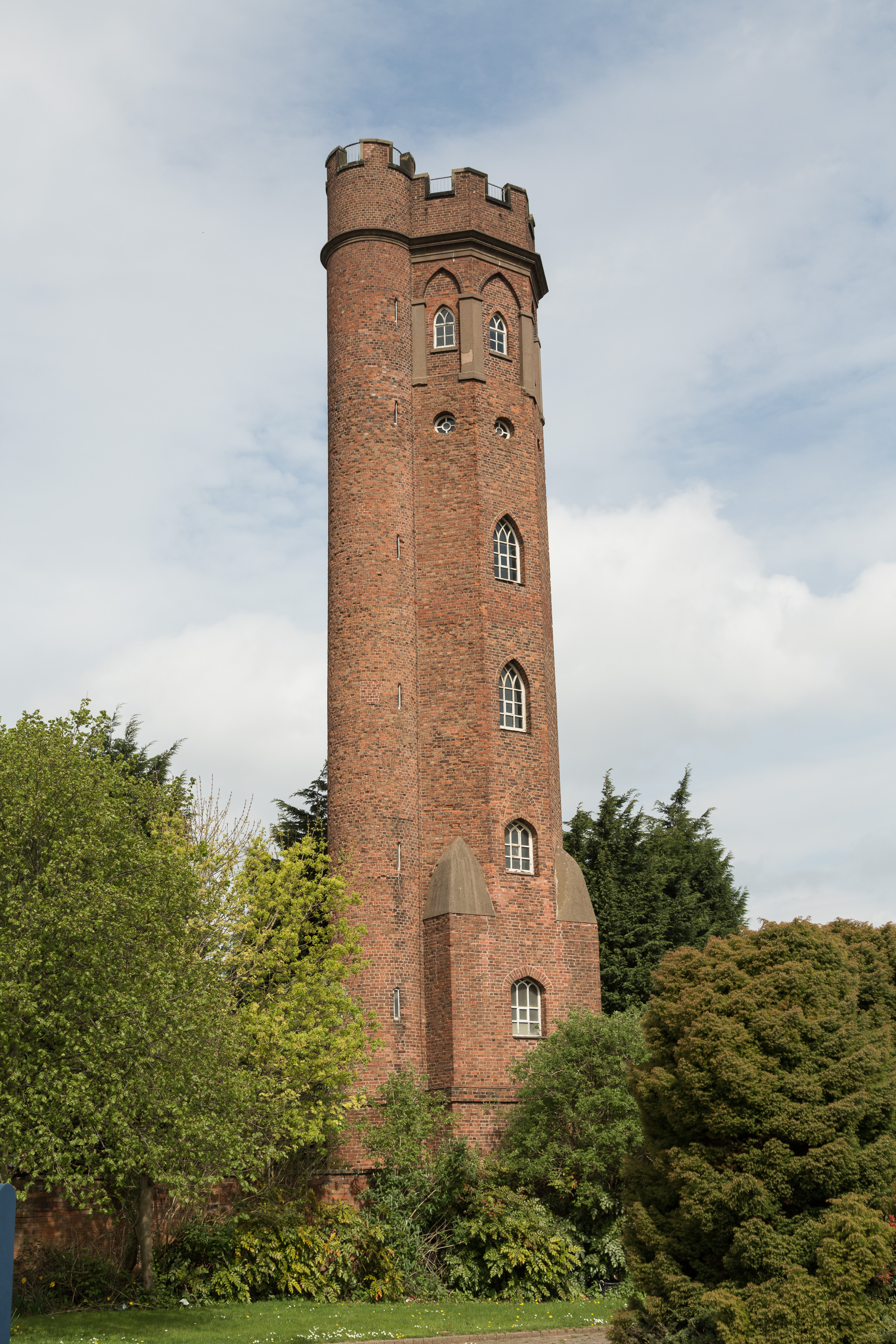Thanks to everyone who's supported our brewery tap especially through the closure for refurbishment and the re-opening earlier this year. And thanks, too, to those who helped the Gunmakers Arms through to the shortlist for Birmingham CAMRA's Pub of the Year 2017.
The Gunmakers Arms and the house next door are Grade II listed buildings built as three houses around 1820 (watch out for our 200-year birthday celebrations in 2020!). Two of the houses were converted to a pub not too long afterwards (we’ll find out when and have another anniversary to celebrate!). The pub is a classic example of the street corner community pub that was so popular for much of the 19th and 20th centuries but so many of which have been demolished or converted into far less interesting establishments.
The Gunmakers Arms, 93 Bath Street
,
Birmingham
B4 6HG. Here it is on a
Google Map.
Yeast is truly marvellous. It’s a fungal, single-celled, microorganism which converts carbohydrates, certain sugars, for example, into carbon dioxide and alcohol. All hail yeast, for giving us beer!
There are billions and billions and … well, let’s just say it’s an unimaginable number … of yeast cells in each brew; quite a few in each cask, and an awful lot, even, in each bottle of bottle conditioned beer. And that’s an issue for some people. Because, most of the time, it means beer will be hazy. And sometimes, downright cloudy.
Now, the marketing people round about the 17th century noticed that people would rather drink a clearer beer than a less clear beer. Given time a hazy beer will clear. Too much time most of the time. Because while all those yeast cells are slowly falling to the bottom of the cask there are all sorts of other things happening to the beer. Oxidation for one thing. Yes, the beer rusts! So, the beer might clear but, by the time it does, so many other processes will have taken place that it’s undrinkable.
Then somebody decided to add the dried swim bladder of a sturgeon to a difficult cask of ale that wouldn’t clear. How do these things happen? Who decided it was a good idea? Probably a Russian because it was a Russian sturgeon that originally provided the swim bladder. (Precisely which Russian sturgeon, for goodness sake?)
Now, here’s an interesting thing concerning Birmingham. For it was the very same William Murdoch, one of the golden trio, along with Matthew Boulton and James Watt, standing on a plinth on Broad Street, who, in 1795, invented a way of using the swim bladders of cod (cheap) rather than sturgeon (very expensive) to produce isinglass, which is the actual stuff that results in flocculation.
FLOCCULATION
What’s flocculation? Glad you asked. Isinglass and yeast have opposite electrical charges and, as we all know, opposites attract. (Didn’t work for me, two marriages, two divorces.) So the yeast cells gather round the isinglass particles. Flocculation. They get heavy and fall to the bottom. (Know that feeling after a few pints.)
CLEAR AS A PINT OF JEWELLERY PORTER?
These days most real ale is fined - clarified - using isinglass. In fact, the vast, really vast, majority of beers go through a process of clarification (pasteurisation, for example). This is where you, the consumer, comes in. Actually, if you’re reading this you’re almost certainly not a ‘consumer’ but an interested and discerning drinker of beer. Sorry. The other consumers (not you) won’t drink beer, or lager, unless it’s clear. They’ll bring it back to the bar, complaining that it doesn’t taste right, even when it tastes exactly as it should.
Funnily enough, they don’t usually do that with wheat beer. All down to expectations and perception, we suppose. Far too much to go into here. Another time.
There is a school of thought which suggests that isinglass changes the taste of beer and isn’t necessary. There are loads of schools of sturgeon and cod swimming around that totally agree.
We’re thinking the same thing as those schools of fish and brewers.
Does the addition of isinglass really change the taste of beer? To be honest we really don’t know; not in the sense of knowing a scientific fact, anyway. What we do know, however, is that it either tastes the same or better; never worse.
HOW DID WE GET HERE?
We had requests from the Birmingham Vegans to hold events at our brewery tap, the Gunmakers Arms. We already had a couple of ales that didn’t require isinglass because they’re porters or stouts - like Jewellery Porter and Bhacker Ackhams - and, obviously, don’t need clearing. We decided we’d provide another couple of casks of our other ales to which we wouldn’t add isinglass so they’d be vegan-friendly.
Our other, non-vegan, customers at the Gunmakers Arms also drank the beer and liked it, even though it was hazy. So we thought, let’s go the whole cabbage! (Cabbage? Well, we were going to say ‘the whole hog’ but it didn’t seem appropriate.)
And here we are, one of the very few breweries in the UK (at least) that doesn’t use the dried swim bladders of fish to clarify our beer, making us vegetarian and vegan friendly. And, possibly, although we only have the support of subjective perceptions rather than scientific evidence, tastes better.
You'll find the widest selection of our ales at the Gunmakers Arms, our brewery tap. We have bottle-conditioned ales which are only otherwise available in the best off-licences and restaurants where there’s a genuine appreciation of real ale. Bottles are available individually, in cases and in 3-bottle presentation packs. We also sell cask-conditioned ales in 10 litre and 20 litre polypins, filling them to order.
Find out more here>>>>>>>>>>>>>


